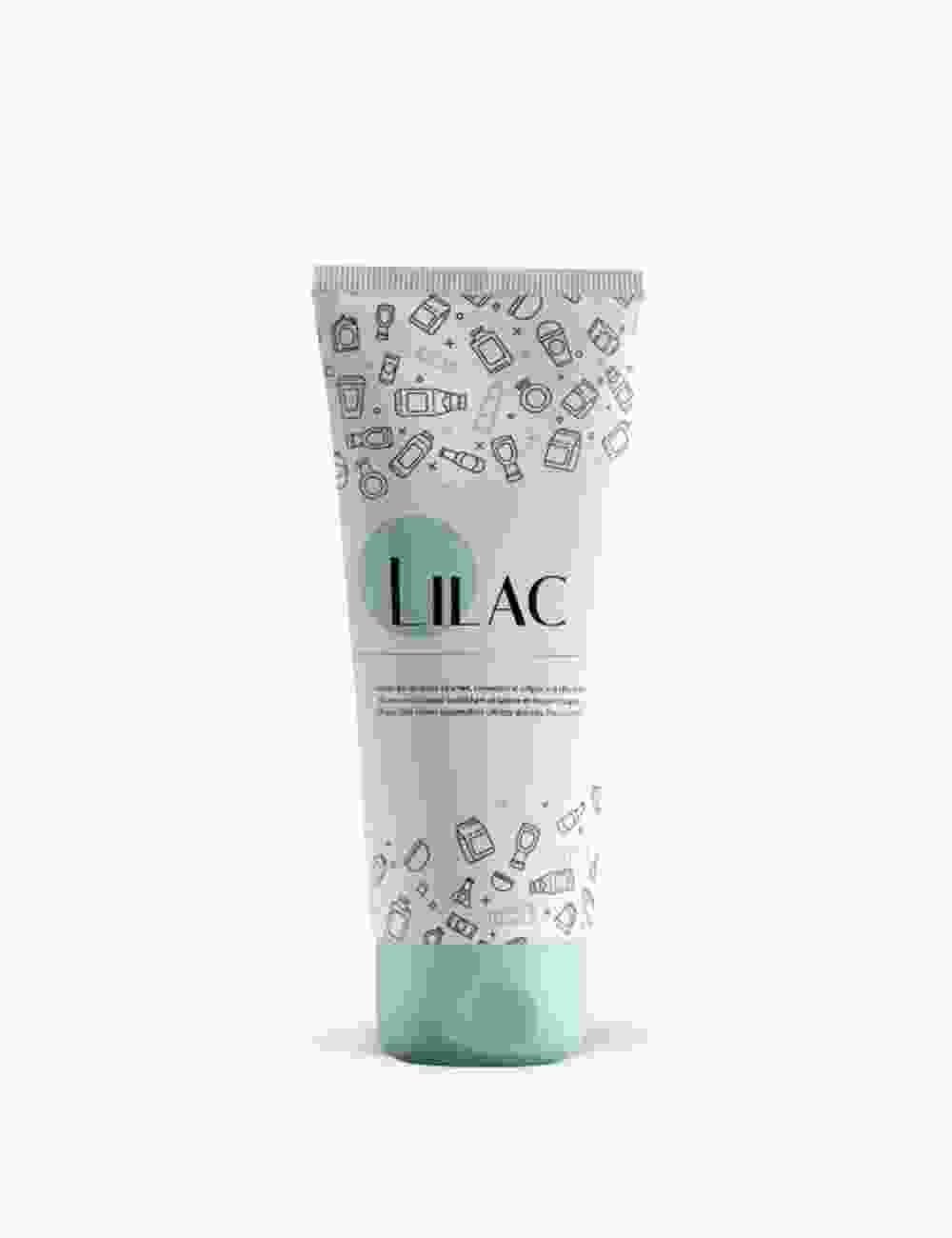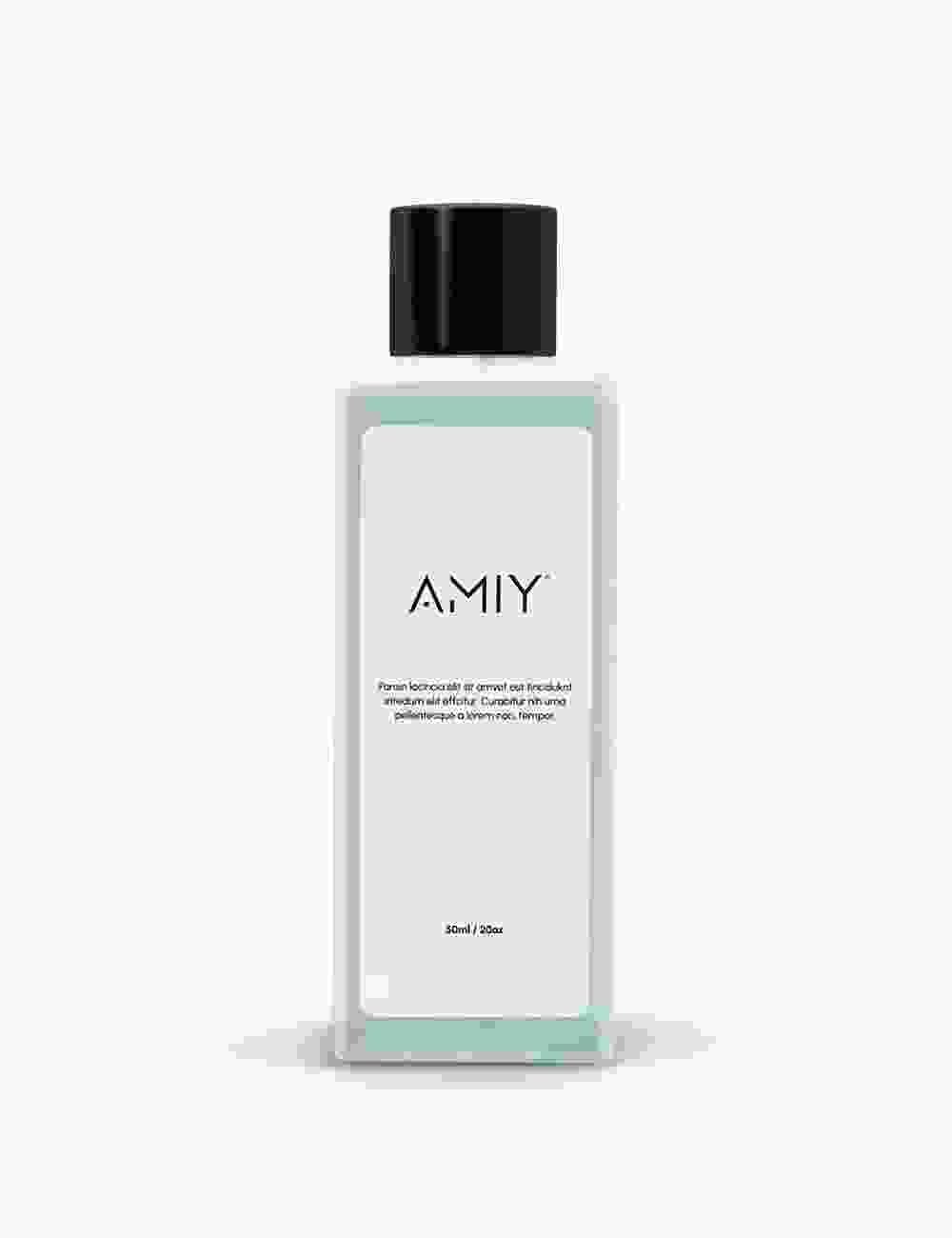No products added!
Written by
fakhriyya9494
June 12, 2024
Choosing the right dermal filler for your clients can be a daunting task given the variety of options available. This guide breaks down the different types of fillers, such as hyaluronic acid, calcium hydroxylapatite, poly-L-lactic acid, and polymethylmethacrylate. Each type is discussed in terms of its properties, uses, longevity, and potential side effects. The blog also provides insights on how to match fillers to specific client needs, such as targeting deep wrinkles, adding volume to the cheeks, or enhancing lip fullness. Safety considerations and tips on consulting with clients to understand their goals and medical history are also included.
1. Understanding the Different Types of Dermal Fillers
Dermal fillers are generally categorized based on their primary ingredients, each offering distinct benefits. Hyaluronic acid (HA) fillers, such as Juvederm and Restylane, are among the most popular. HA is a naturally occurring substance in the skin that helps retain moisture and add volume. These fillers are known for their versatility and are commonly used for lip enhancement, cheek augmentation, and smoothing fine lines and wrinkles. Their effects are temporary, typically lasting six to twelve months, making them an excellent choice for clients new to fillers or those seeking a non-permanent solution.
On the other hand, calcium hydroxylapatite (CaHA) fillers like Radiesse provide a thicker consistency, making them suitable for deeper wrinkles and facial volume loss. CaHA fillers stimulate natural collagen production, offering longer-lasting results that can persist up to a year or more. Poly-L-lactic acid fillers, such as Sculptra, work differently by gradually stimulating collagen production over time. These fillers are ideal for clients looking for subtle, long-term volumizing effects and can last up to two years. Lastly, polymethylmethacrylate (PMMA) fillers, like Bellafill, contain tiny microspheres that provide a semi-permanent solution, making them suitable for deeper lines and scars but requiring a commitment to a longer-lasting result.
2. Matching Fillers to Client Needs
When selecting a dermal filler, consider the specific areas to be treated and the desired outcomes. For example, HA fillers are excellent for areas requiring softness and flexibility, such as the lips and nasolabial folds. They also allow for adjustments since they can be dissolved with hyaluronidase if necessary. For clients with significant volume loss or deep wrinkles, CaHA fillers offer robust lifting capabilities and a natural look. If a client is looking for gradual improvement and longevity, poly-L-lactic acid fillers provide a progressive enhancement that looks very natural over time.
Another critical factor is understanding the client’s skin type and medical history. Some clients may have allergies or sensitivities that make certain fillers more suitable than others. Additionally, discussing the client’s lifestyle and maintenance preferences can help determine the best filler choice. For instance, clients who prefer low-maintenance treatments might opt for longer-lasting fillers like PMMA or poly-L-lactic acid to reduce the frequency of follow-up visits.
3. Consultation and Safety Considerations
Effective communication during the consultation process is paramount. Use this time to educate clients about the different types of fillers, their benefits, potential side effects, and what they can realistically expect from the treatment. Personalized consultations help manage expectations and increase client satisfaction.
Safety should always be the top priority. Ensure that the chosen filler is FDA-approved and sourced from reputable manufacturers. Proper injection techniques and adherence to safety protocols can minimize risks and complications. It is also crucial to have a comprehensive understanding of facial anatomy to avoid adverse effects like vascular occlusions.
By combining your knowledge of dermal fillers with a personalized approach to each client’s needs, you can achieve outstanding results and build lasting trust. Keeping abreast of the latest advancements in filler technology and techniques will further enhance your ability to provide the best possible outcomes for your clients.









